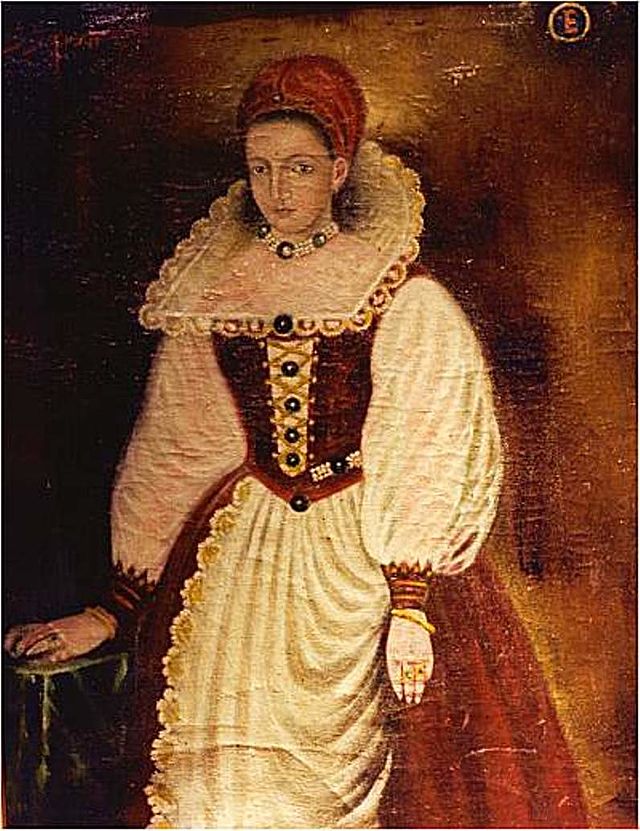Ghostly chronicles: Unveiling spooky Hungarian legends – VIDEO

The bloody story of Báthory
As Magyarországom writes, the Hungarian legend of Csejte Castle centres around the infamous Erzsébet Báthory, known as the “Bloody Countess.” Living during the late 16th and early 17th centuries, Báthory is said to have bathed in the blood of young girls to preserve her beauty. According to dark folklore, she tortured and killed hundreds of victims with the help of her servants, using methods so brutal they remain horrifying to this day.
Eventually arrested, Báthory was walled up alive in her castle, where her ghost is believed to still haunt the premises. Visitors often report eerie whispers and cold sensations within the castle walls. For the sake of completeness, however, we must mention that historians today believe that Báthory’s evildoers were the ones spreading these lies to acquire the countess’ wealth.

The witches of Diósgyőr
Diósgyőr Castle, located near Miskolc, is not only a stunning example of medieval architecture but also a focal point for eerie tales and Hungarian legend. Its walls have borne witness to both historical events and mystical occurrences. Local folklore tells of witches gathering in the surrounding woods, with strange nocturnal revelries and sightings of mysterious creatures, including the fearsome Iron-nosed Witch (Vasorrú Bába). In 1717, four women were accused of witchcraft in connection with these dark happenings. Allegedly, they corrupted the locals and they even transformed into turtles and swam across the Danube. These unfortunate women met a grim fate, burned alive at the stake in Búza Square. These chilling events continue to cast a shadow over Diósgyőr Castle’s history.
Chilling Hungarian legends about Dévény Castle
Dévény Castle, located in present-day Slovakia, is steeped in Hungarian legend and ghostly folklore. As one of the region’s oldest fortifications, it has long been the subject of chilling tales. One of the most famous legends involves a virgin girl walled up within the castle to make it unconquerable. Another tragic story recounts the doomed love of a nun and a knight, who leaped to their deaths from the castle, leading to the creation of the weiber-stein (asszonykő) and the naming of the Nun’s Tower (Apácatorony). These haunting stories, along with ghostly apparitions, contribute to the castle’s enduring mystical atmosphere.
The mystical creatures of Pécs
The Tettye stone wall in Pécs is also a place connected to various Hungarian legends, making it one of the most mysterious sites in the region. According to local folklore, the cliffs were once home to mystical creatures, including fairies, giants, witches, and ghouls. The imposing rock formation, believed to have eyes and the ability to swallow people whole, struck fear into the hearts of locals. Today, the Tettye “rock face” remains a popular destination, its unsettling atmosphere and unique shapes continuing to evoke the ancient ghost stories that once surrounded it.
Read also:
- 5+1 abandoned buildings in Hungary you must see
- Handy guide to the most important Hungarian holidays and folk customs connected to the autumn season
Featured image: depositphotos.com





